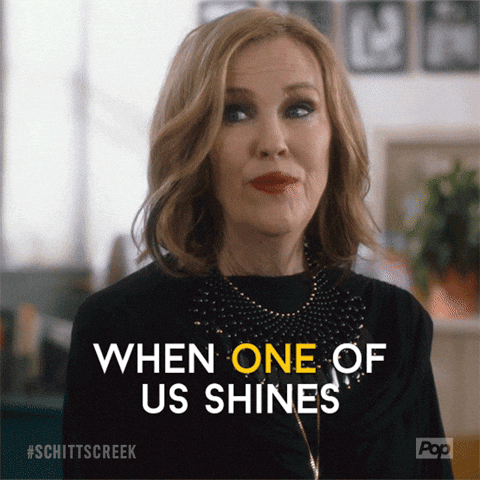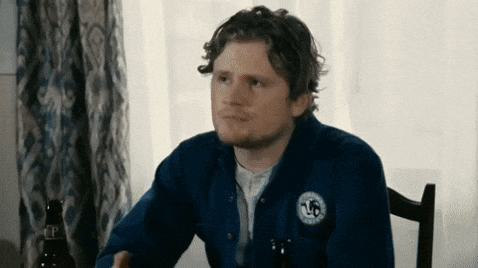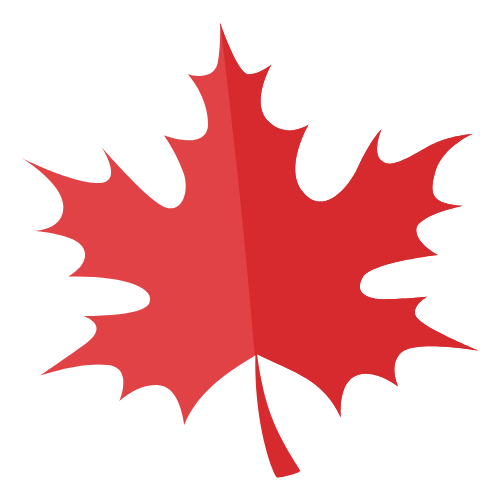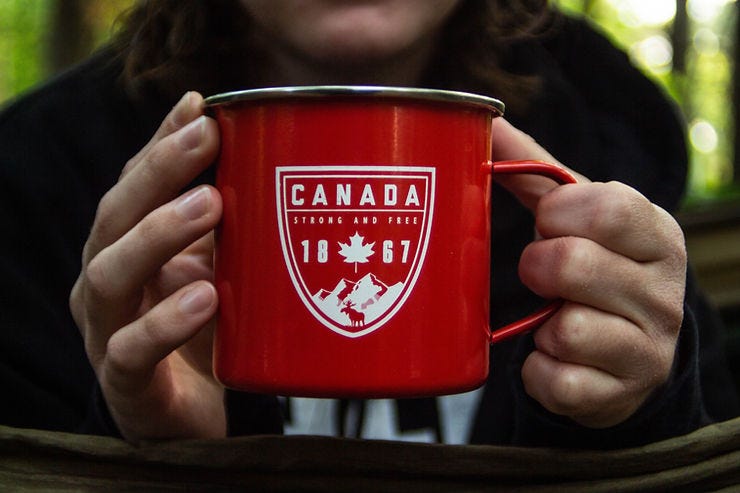
Until recently, Canada and the U.S. had a solid, if sometimes cheeky, relationship. But with the current U.S. president throwing around threats of annexation, slapping tariffs on Canadian goods, and spreading outright lies about our border security and government, things have taken a sharp turn. Canadians aren’t just shrugging this off—we’re standing up for ourselves. And honestly? It’s lit a fire under us.
There’s a renewed sense of patriotism here, a real one—not just waving flags, but banding together like we always do when we’re up against it. People are ditching U.S. vacations, skipping American products, and even booing the U.S. anthem at hockey games—not because we suddenly dislike Americans, but because we’re pushing back against a leader who’s treating us like an enemy instead of an ally. It’s not about being petty; it’s about making it clear that we won’t be pushed around.
What’s surprised a lot of Americans is just how strong the reaction has been. Many have reached out in sympathy and support, which Canadians absolutely appreciate. But in the process, we’ve also seen something frustrating—how many Americans actually perceive us.
For many, Canada feels like a close relative—familiar, friendly, and just a little different. Some even describe us as their "half-sibling," a country that looks and sounds similar but is somehow an extension of the U.S. rather than its distinct entity.
While we appreciate the warmth behind these sentiments, not seeing Canada as a distinct nation, as an equal, but as some kind of polite little sibling, a “nice version of the U.S.” rather than a country with its own identity (and history, languages, and values), this way of thinking, well, it is deeply flawed.
It’s great to have support, but respect has to come with it. Canada isn’t just “America Lite,” with funny accents and a love for hockey, and if this situation has made anything clear, it’s that Canadians are more than ready to remind the world who we are.
That’s why this conversation matters. So let’s have it.
How Canada Differs from the U.S.
The differences between Canada and the U.S. go far beyond healthcare and the metric system. Here are a few key areas where our cultures diverge:
#1 - Governance and Social Policies
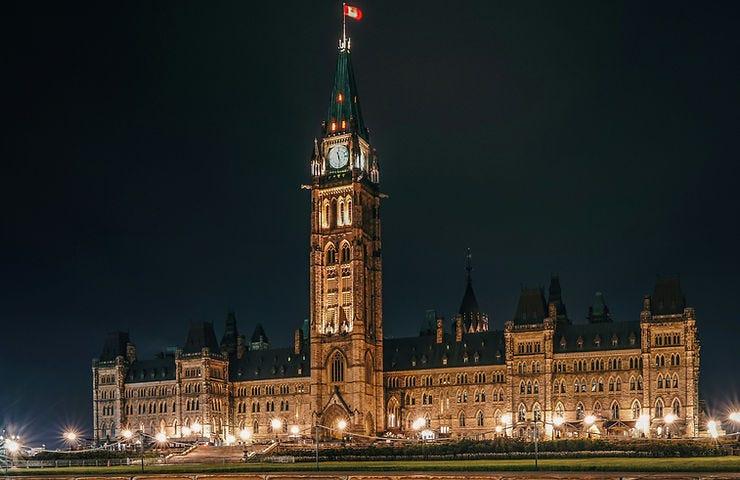
Canada and the U.S. have very different political systems, even though, on the surface, they might seem similar. One of the biggest differences? Canada is a constitutional monarchy, which means we still recognize the British monarch as our head of state. But before you start picturing the King of England making our laws—he doesn’t. His role is mostly symbolic, and while we have a Governor General who represents him in Canada, the real political power sits with our Prime Minister and elected government. Think of it this way: the King is like the decorative hood ornament on a car—technically there, but not driving anything.
Unlike the U.S., which is a republic with a directly elected president, Canada’s Prime Minister isn’t elected separately. Instead, we vote for Members of Parliament (MPs) in our ridings, and the leader of the party that wins the most seats in the House of Commons becomes Prime Minister. The system is based on the British parliamentary model, which is why our government functions quite differently from the U.S.
Bonus Fact: Canadian elections follow a cycle when Parliament is dissolved to give enough time for preparation and processing. Legislation outlines that general elections are to be held on the third Monday in October in the fourth calendar year following the previous general election. However, the Canada Elections Act doesn’t prevent elections from being called on another date so one could take place earlier.
Trailblazing Policies
Canada has a long history of being ahead of the curve when it comes to progressive policies. Here are a few standout examples:
Universal Healthcare – Introduced in Saskatchewan in 1962 before expanding nationwide, Canada’s publicly funded healthcare system ensures that no one goes bankrupt from a medical emergency. Is it perfect? No. But most Canadians wouldn’t trade it for the U.S. model. [Sidenote, I ended up in the ER the Sunday before writing this article and had my gallbladder removed Tuesday morning. I’m writing this while still recovering from laparoscopy surgery and have no bills other than my prescription painkillers. I miss burgers though.]
Same-Sex Marriage – Canada legalized same-sex marriage in 2005, making it one of the first countries in the world to do so—10 years before the U.S. followed suit.
Legalized Cannabis – In 2018, Canada became the second country in the world (after Uruguay) to fully legalize marijuana for recreational use.
Gun Laws & Social Safety Nets
Another major difference? Gun culture. While Americans have a Second Amendment that protects gun ownership, Canada has much stricter laws. Handguns are heavily restricted, assault weapons are banned, and there’s a rigorous licensing process that includes background checks and mandatory training. The result? Canada’s gun-related homicide rate is one-sixth that of the U.S. But don’t think we’re an anti-gun country either. We have a lot of hunters who take advantage of our massive natural resources resulting in around 12.7M Canadian gun owners who are committed to safety, responsibility and good citizenship.
Canadians also tend to prioritize the collective good more than individualism. This is reflected in stronger social safety nets like paid parental leave (up to 18 months!), affordable higher education, and publicly funded healthcare. While we pay higher taxes for it, most Canadians see it as a worthwhile trade-off to ensure a better quality of life for everyone.
At the core, Canada and the U.S. have very different philosophies when it comes to governance. While both value democracy, Canada leans more toward community-focused policies that emphasize fairness and accessibility, rather than rugged individualism.
#2 - Language and Cultural Identity
Canada is officially bilingual, but the reality is a little more nuanced than just “English and French.” Quebec is the heart of Francophone Canada, where French isn’t just a language—it’s a way of life. The province has language laws to protect and promote French, and you’ll hear a distinctly Québécois accent, filled with unique slang and expressions. But French isn’t just a Quebec thing.
New Brunswick is the only officially bilingual province, where French and English have equal status.
Ontario, Manitoba, and Nova Scotia have vibrant minority French-speaking communities that have thrived for generations.
Even Alberta and Saskatchewan have French-speaking populations, thanks to early Métis and French settlers.
On the flip side, minority English-speaking communities in Quebec—especially outside of Montreal—have their own unique culture and identity.
Beyond English and French, there’s also a renewed focus on reviving and preserving Indigenous languages. Canada is home to over 70 Indigenous languages, but many were nearly lost due to residential schools and colonization. Today, there are active efforts to bring them back—Inuktitut is thriving in Nunavut, Cree and Ojibwe programs are expanding in schools, and Indigenous language apps and immersion programs are helping new generations reconnect with their heritage. The 2019 Indigenous Languages Act was even introduced to support these efforts at a national level.
A Distinct Cultural Identity
While Canada and the U.S. share some cultural similarities, Canadians have a very different sense of humour. Ours leans more self-deprecating, sarcastic, and absurdist, with strong British influences. We don’t mind laughing at ourselves (eh?), and our comedy has a uniquely dry and sometimes dark edge. Shows like Schitt’s Creek, Trailer Park Boys, Letterkenny, Kim's Convenience, and Kids in the Hall all showcase that classic Canadian comedic style.
And when it comes to entertainment, we don’t just consume American culture—we create our own. From The Tragically Hip, who never quite made it big in the U.S. but are absolute legends here, to Celine Dion, The Weeknd, and Arcade Fire, Canadian music is huge on the global stage. Our film and TV industry punches above its weight, and while Hollywood may borrow our cities for filming (looking at you, Vancouver playing New York again), we have a rich, homegrown industry that tells stories for us, by us.
Canada’s cultural identity is vast and diverse. While we sometimes joke about living in America’s shadow, the truth is—we’ve got our own thing going, and we wouldn’t have it any other way.
Nova Scotia’s Jeff Douglas and a group of Canadian creatives recently rebooted his 2000 Molson commercial "The Rant" (before the company sold to US-based Coors) to deliver an inspiring message to Canadians. This independent project captures the passion and creativity of our artistic community.
#3 - Indigenous Reconciliation
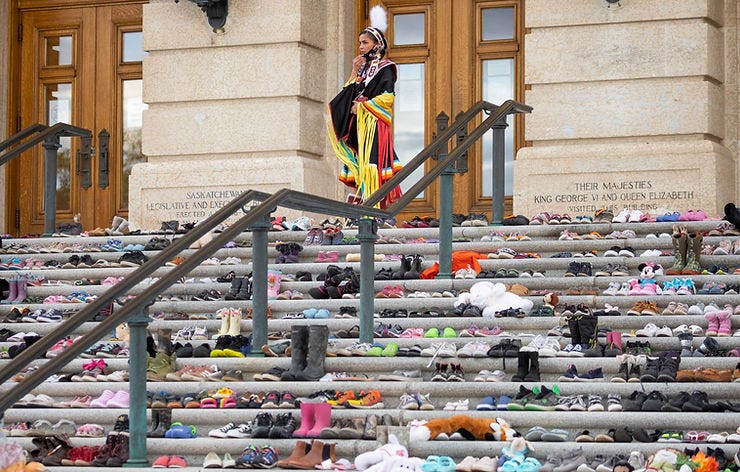
Canada’s relationship with Indigenous peoples is complicated, and while we still have a long way to go, there’s been a national push to acknowledge past and present injustices and start doing better. Unlike in the U.S., where Indigenous affairs are often handled at a federal level with limited tribal influence, Canada is actively working toward Indigenous-led governance and stewardship.
We recognize First Nations, Métis, and Inuit as distinct groups with unique histories, cultures, and governance systems. And while recognition alone isn’t enough, there's a growing effort to shift power and leadership roles to Indigenous communities themselves. Some of the ways this is happening:
Indigenous Land Guardians – For the first time, the Carcross/Tagish First Nation in the Yukon played a key role in guiding Canadian military exercises on their land. Instead of just being consulted as an afterthought, elders and land guardians actively helped plan and execute operations. They advised on areas to avoid due to spiritual or ecological significance and even taught winter survival skills to the troops. This is the kind of collaboration that should have existed ages ago, but it’s finally happening now.
Indigenous Stewardship in Parks Canada – Canada is now recognizing that the best caretakers of the land are the people who have lived on it for thousands of years. Parks Canada recently introduced a new policy to expand Indigenous leadership in conservation, ensuring that Indigenous voices aren’t just “included” but are actively leading efforts to protect and manage natural and cultural sites.
The Truth and Reconciliation Commission (TRC) – One of the biggest national efforts to address the harms of residential schools and colonial policies, the TRC laid out 94 Calls to Action aimed at creating meaningful change. While progress has been slow in some areas, the TRC has played a major role in educating Canadians about what happened and pushing for systemic reforms in education, justice, and government relations.
What Canada Is Doing Differently
One of the biggest differences between Canada and the U.S. is how Indigenous self-governance is being handled. While the U.S. has federally recognized tribes, Canada is increasingly transferring control of land, governance, and social services to Indigenous nations themselves. Some First Nations have even negotiated their child welfare laws, allowing them to take control of foster care and youth protection instead of being under the federal or provincial systems that have historically failed them.
There’s still a long way to go—many Indigenous communities still lack access to clean drinking water, and systemic inequalities are far from solved. But there’s a growing understanding that Indigenous nations should be in charge of their futures, and more Canadians than ever are actively pushing for change. It’s not just about acknowledging the past—it’s about making real changes for the future.
Even Within Canada, We’re Not the Same
Canada itself is incredibly diverse, with strong regional identities (of course these are brief generalizations. Ask a Canadian where they are from. Then ask them to tell you about their province for an in-depth picture.):
Western Canada (B.C., Alberta, Saskatchewan, Manitoba)
British Columbia leans progressive and has a strong environmental movement.
Alberta has more in common with Texas than Toronto, with a deep connection to oil and ranching.
The Prairies have a unique culture shaped by farming, harsh winters, and tight-knit communities.
Central Canada (Ontario, Quebec)
Ontario is Canada’s economic hub, with Toronto often being compared to New York (though we’d argue it’s still very Canadian).
Quebec operates with a distinct society mindset. The language laws, political movements, and even the sense of humour here are different from the rest of the country.
Atlantic Canada (Newfoundland & Labrador, Nova Scotia, P.E.I., New Brunswick)
A deeply historic region with strong Celtic influences.
The friendliest people you’ll ever meet, known for storytelling, music, and a strong sense of community.
Northern Canada (Yukon, Northwest Territories, Nunavut)
Indigenous cultures are deeply embedded in daily life.
The Arctic climate and remote geography shape a completely different way of life compared to the rest of Canada.
Canada: More Than “America’s Nice Upstairs Neighbour”
It’s frustrating when people reduce Canada to "basically American but with colder winters and better healthcare". Sure, we share some similarities, but calling us a smaller, quieter version of our southern neighbours erases who we are.
Canada isn’t a monolith—it’s a massive, diverse country shaped by Indigenous, French, British, and countless other influences. We don’t scream for attention. We believe in fairness, decency, and looking out for each other. We have our own languages, humour, food (yes, more than just poutine), and a distinct identity that stands on its own.
Support is great—but respect is better. If you want to stand with Canada, start by seeing us for who we are—not a polite extension of the U.S.
We Are Canadian.




